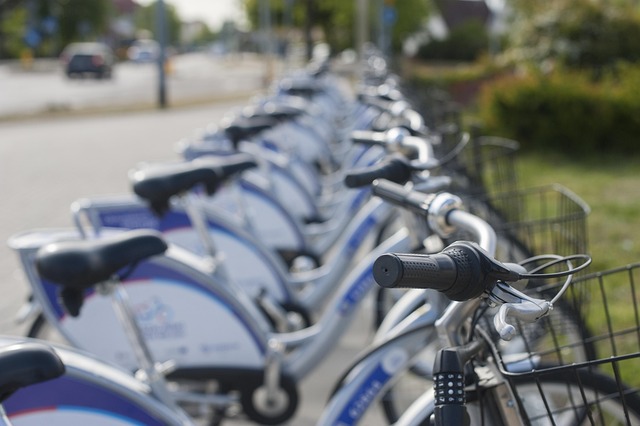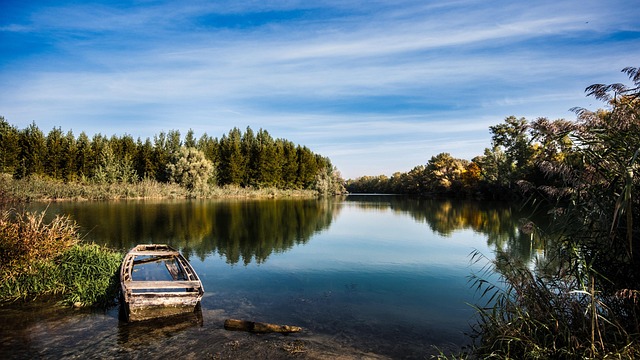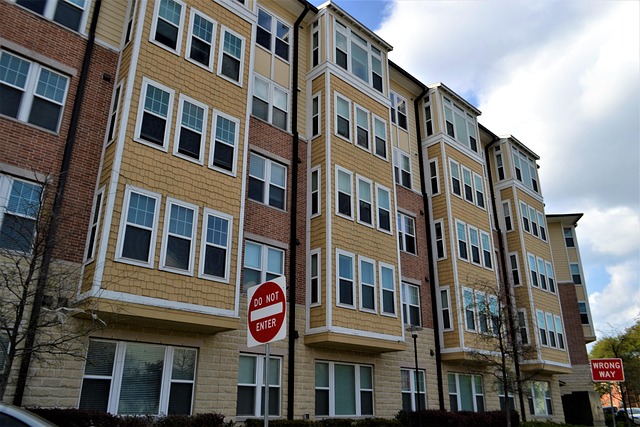10 Sustainable Features to Include in Your Energy-Conscious Home
In our fast-paced world, where environmental concerns are becoming more urgent, creating an energy-conscious house has never been more important. Many of us desire a home that not only captures our unique style but also contributes positively to the environment. Incorporating sustainable features is a step towards reducing your carbon footprint while promoting a lifestyle that works in harmony with nature. Here are ten essential elements to consider when designing or upgrading your energy-conscious home.
1. Solar Panels
Harnessing the power of the sun is one of the most effective ways to make your home energy-conscious. By installing solar panels, you can generate your own electricity, significantly reducing your reliance on non-renewable energy sources. Not only does this save you money on energy bills, but it also supports a clean energy future.
2. Energy-Efficient Appliances
Upgrading to energy-efficient appliances can dramatically decrease your household energy consumption. Look for products with the Energy Star label, which guarantees they meet strict efficiency guidelines, helping you save both energy and money.
3. Smart Thermostats
Smart thermostats offer greater control over your home’s heating and cooling systems. These devices learn your habits and automatically adjust temperatures for maximum efficiency, reducing energy wastage while keeping you comfortable.
4. High-Performance Insulation
Proper insulation is key to maintaining a consistent temperature in your home. High-performance insulation can minimize heat loss in winter and keep your home cool in summer, leading to lower energy use for heating and cooling.
5. Water-Efficient Fixtures
Water conservation is an essential aspect of an energy-conscious house. By installing water-efficient fixtures, such as low-flow faucets and showerheads, you can significantly lower your water usage without sacrificing comfort.
6. Native Landscaping
Opting for native plants in your landscaping not only reduces the need for watering but also supports local wildlife. Native plants are adapted to the local climate, requiring less maintenance and fewer chemical treatments.
7. Rainwater Harvesting Systems
Collecting rainwater can provide a sustainable water supply for irrigation and other non-potable uses. Installing rain barrels or a more complex system can help you utilize this resource and conserve your municipal water supply.
8. Energy-Efficient Windows
Upgrading to energy-efficient windows, such as double-glazed or low-E glass, can significantly reduce heat transfer and UV rays entering your home. This helps not only in conserving energy but also protects your furnishings from fading.
9. Passive Solar Design
Designing your home to take advantage of natural sunlight through passive solar techniques—like proper window placement and thermal mass design—can greatly enhance energy efficiency. By strategically using sunlight for heating and lighting, you can reduce your energy consumption.
10. Eco-Friendly Materials
When building or renovating, choosing eco-friendly materials such as reclaimed wood, bamboo, and recycled metal can significantly lower the environmental impact of your home. These materials not only provide a unique aesthetic but also help in promoting sustainability.
By incorporating these sustainable features, you can create an energy-conscious house that reflects your commitment to living harmoniously with our planet. Making these choices today will not only benefit your family but will also pave the way for a healthier environment for future generations.




